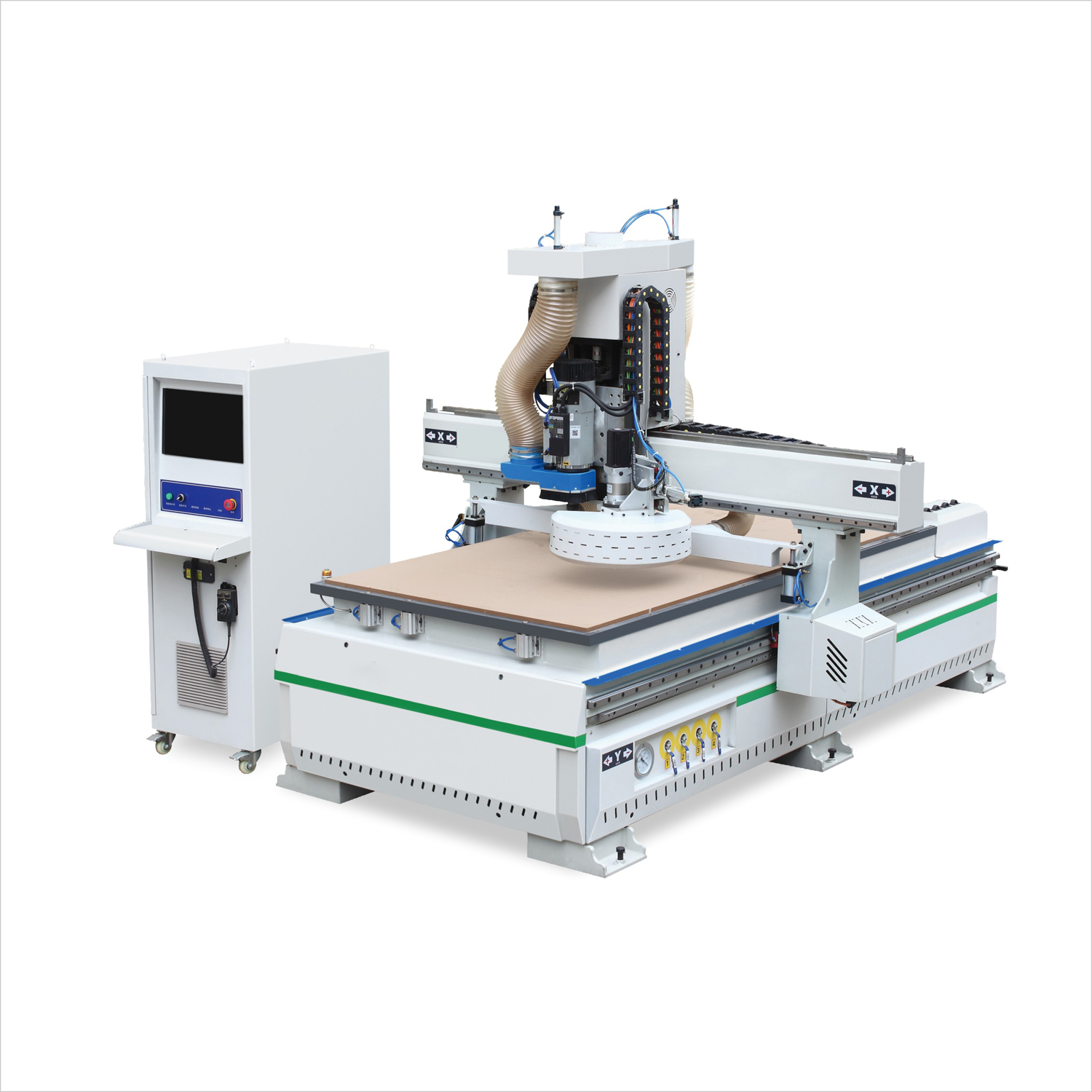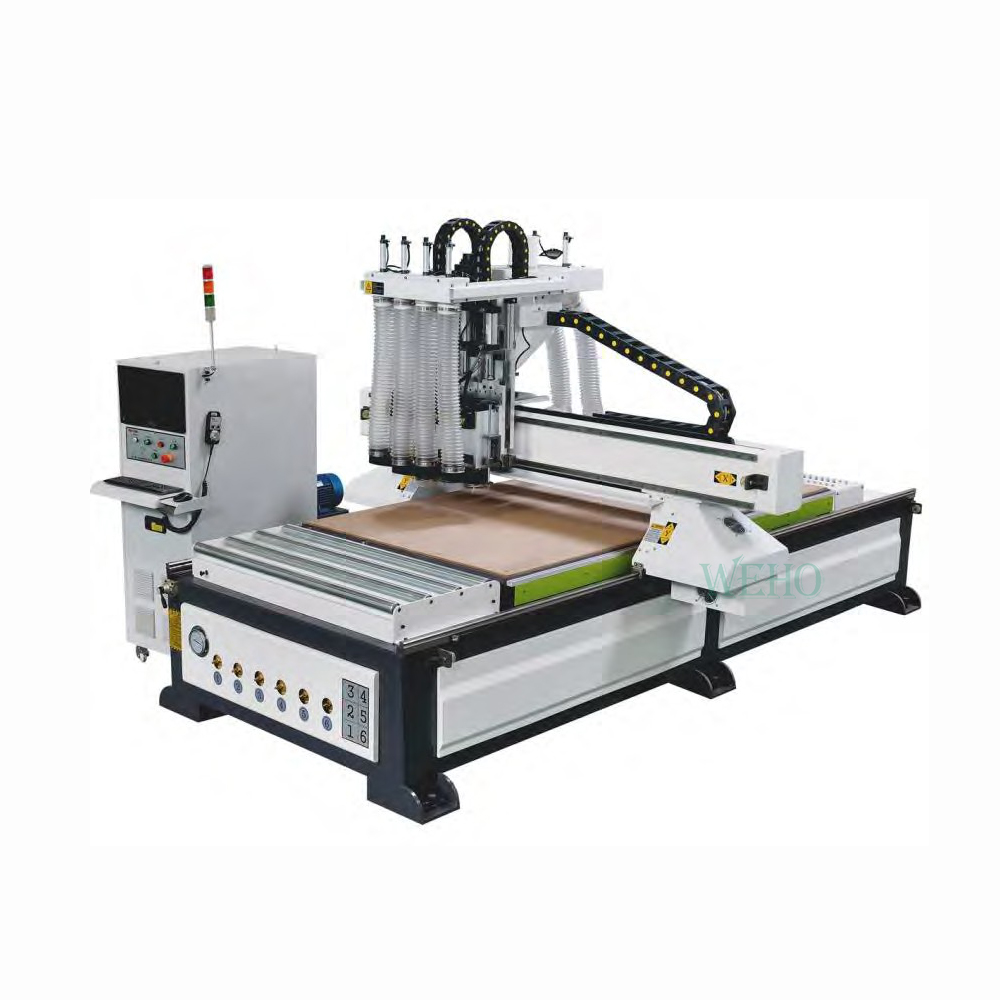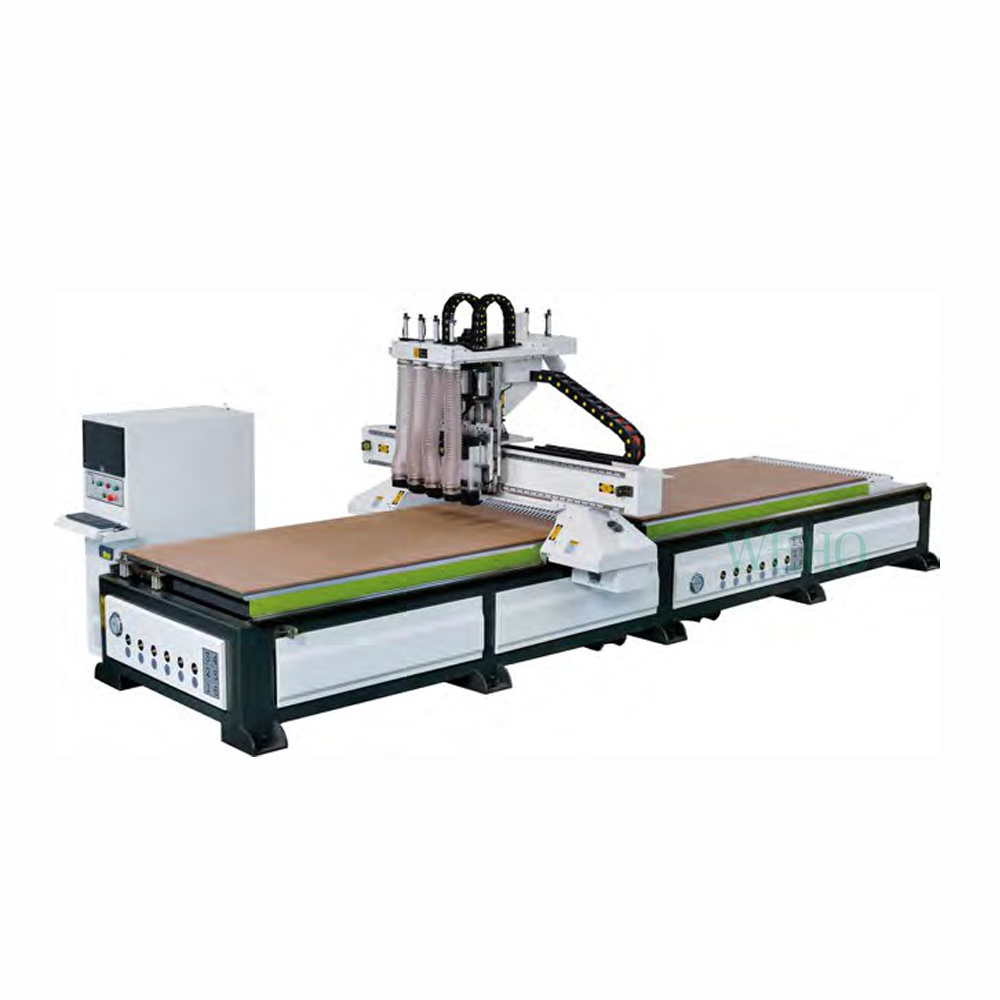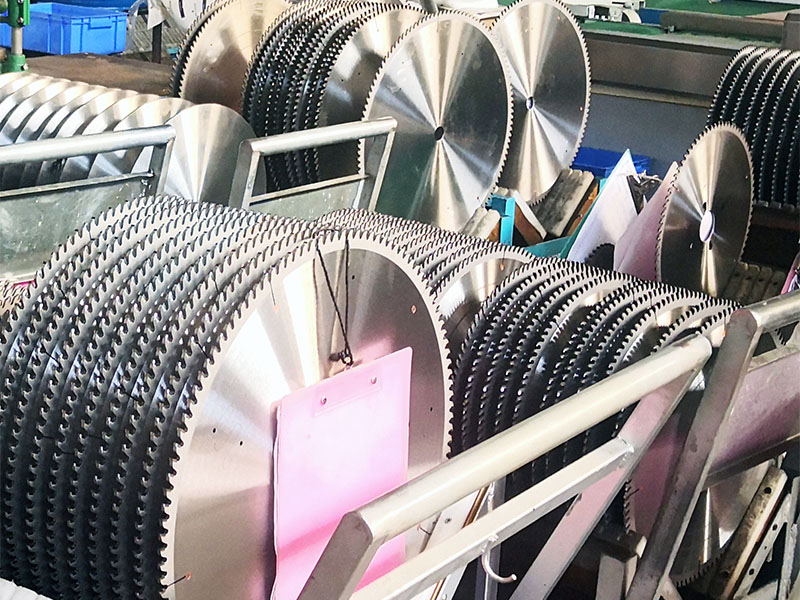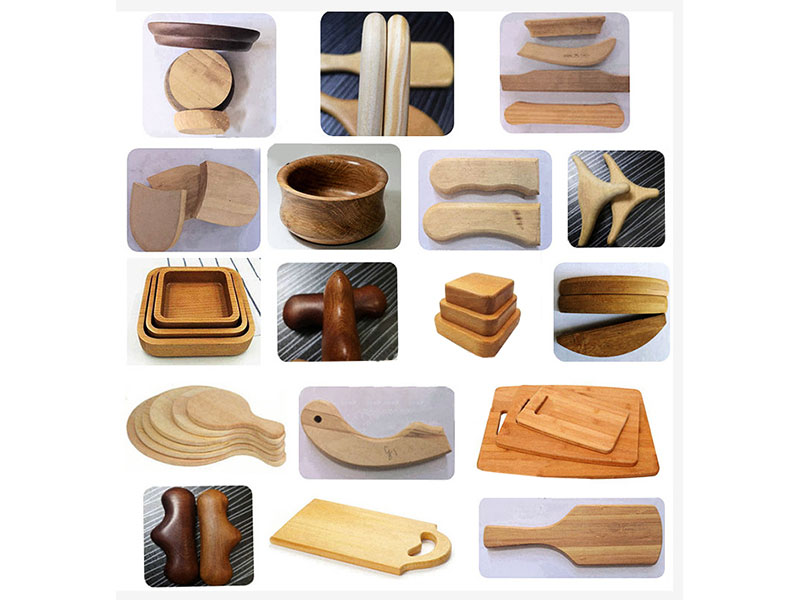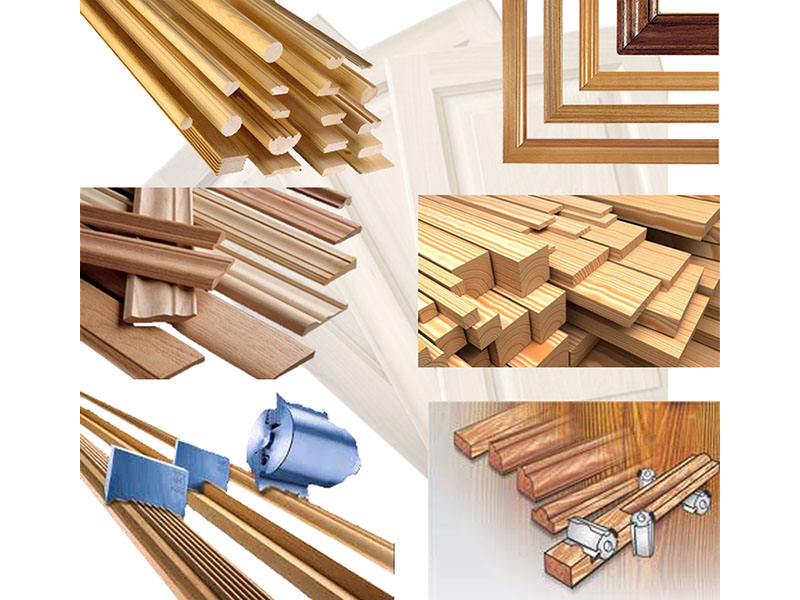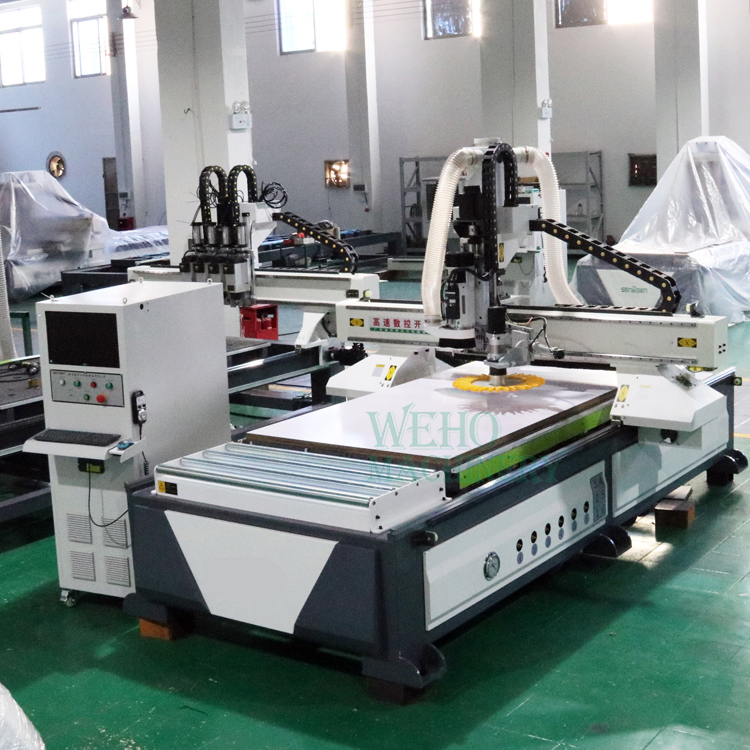
How Does A CNC Nesting Machine Work?
CNC (Computer Numerical Control) nesting machines are sophisticated tools primarily used in woodworking and furniture manufacturing. They are intended to optimize the cutting process for diverse panel materials, resulting in the lowest waste and optimum efficiency. This article delves into how CNC nesting machines work, their components, advantages, and applications in modern manufacturing.
What is a CNC Nesting Machine?
A CNC nesting machine is a type of automated equipment that utilizes computer-controlled technology to cut, drill, groove, and engrave materials, particularly wood panels.These machines are essential in the production of furniture, cabinetry, and other wood-based products, allowing for precise and efficient processing of materials.
How Does a CNC Nesting Machine Work?
The Process Overview
The operation of a CNC nesting machine can be summarized in several key steps:
Design Input: The process begins with the creation of a digital design using specialized software. This software allows designers to create layouts that maximize the use of materials while minimizing waste.
Nesting: The term "nesting" refers to the arrangement of parts on a sheet of material to optimize cutting efficiency. The software determines the best layout for cutting the required shapes from the panels, ensuring minimal scrap material.
Machine Setup: Once the design is finalized, the CNC nesting machine has the appropriate tools and materials. This includes loading the panel material onto the machine's worktable.
Cutting and Processing: The machine executes the cutting, drilling, and engraving processes as programmed. It moves the cutting head or the material itself to perform various operations, often in a single pass.
Quality Control: After processing, the finished parts are inspected for quality, ensuring they meet the required specifications.
Key Components of a CNC Nesting Machine
Understanding the components of a CNC nesting machine is crucial to grasping how it operates:
Frame and Worktable: The structural foundation of the machine that supports the workpiece during processing.
Gantry System: This system holds the cutting head and moves it across the worktable to perform various operations.
Spindle: The spindle houses the cutting tool and rotates at high speeds to cut through the material.
Control System: This includes the computer and software that manage the machine's operations, translating design files into actionable commands.
Drive System: The motors that power the movement of the gantry and spindle, allowing for precise control of cutting paths.
Advantages of CNC Nesting Machines
CNC nesting machines offer numerous benefits that enhance production efficiency and quality:
High Precision: These machines accurately cut and drill, producing high-quality finished goods.
Material Optimization: The nesting software minimizes waste by arranging parts in the most efficient layout possible.
Increased Production Speed: Automated processes significantly reduce the time required to produce components compared to manual methods.
Flexibility: CNC nesting machines can handle a wide range of materials, including MDF, plywood, particle board, and solid wood, making them useful for a variety of applications.
Reduced Labor Costs: Automation decreases the need for manual labor, reducing overall production costs and minimizing human error.
Applications of CNC Nesting Machines
CNC nesting machines are widely used across various sectors, particularly in the furniture industry. Some common applications include:
Furniture Manufacturing: Producing components for cabinets, tables, chairs, and other furniture items.
Cabinet Making: Efficiently cutting and assembling parts for kitchen and bathroom cabinetry.
Custom Woodworking: Allowing for the creation of bespoke furniture pieces tailored to specific customer requirements.
Architectural Elements: Fabricating intricate designs for architectural features and custom installations.
Conclusion
CNC nesting machines represent a significant advancement in woodworking technology, combining precision, efficiency, and versatility.As technology advances, CNC nesting machines are set to become increasingly more important to the woodworking industry, boosting innovation and increasing productivity.


